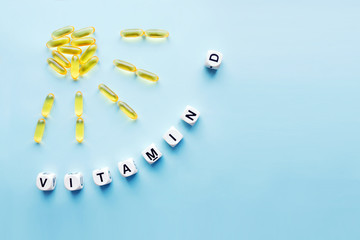Potent ‘Spice’ Drug Fuels Rise in Visits to Emergency Room
In the first three weeks of April, state poison control centers received about 1,000 reports of adverse reactions to spice — the street name for a family of synthetic substances that mimic the effects of marijuana — more than doubling the total from January through March, according to the American Association of Poison Control Centers.
The cases, which can involve spice alone or in combination with other substances, have appeared four times as often this year as in 2014, the organization said. On Thursday alone there were 172 reports, by far the most in one day this year.
Health departments in Alabama, Mississippi and New York have issued alerts this month about more spice users being rushed to hospitals experiencing extreme anxiety, violent behavior and delusions, with some of the cases resulting in death. Similar increases have occurred in Arizona, Florida, New Jersey and Texas.
The total number of fatalities nationwide this year is not available, health officials said. One person in Louisiana died Wednesday and two others were in intensive care, said Mark Ryan, the director of the Louisiana Poison Center.
“We had one hospital in the Baton Rouge area that saw over 110 cases in February. That’s a huge spike,” Dr. Ryan said. “There’s a large amount of use going on. When one of these new ingredients — something that’s more potent and gives a bigger high — is released and gets into distribution, it can cause these more extreme effects.”
Experts were unsure whether the increase this month in spice-related emergencies reflected greater use of the drug or a particularly dangerous formulation. Dr. Ryan said a large portion of cases appeared to involve a form called mab-chminaca.
Law enforcement agencies, from the Drug Enforcement Administration to local police departments, have struggled to control the flow of synthetic cannabinoids, substances that look like marijuana that are sprayed with a hallucinogenic chemical and then smoked.
Those chemicals, typically imported from China by American distributors, come in hundreds of varieties; new formulations appear monthly, with molecules subtly tweaked to try to skirt the D.E.A.’s list of illegal drugs as well as drug-detecting urine tests.
Although the entire class of drugs is illegal because of the psychological effects, each new variety can present distinct health risks caused by its underlying chemistry or contaminants in renegade manufacturing facilities.
Synthetic cannabinoids seized by agents in Alabama. Credit Alabama Alcoholic Beverage Control Board, via Associated Press
Experts warn that the popular term “synthetic marijuana” is a misnomer, as the substances merely resemble marijuana but can be 100 times as potent.
The use of synthetic cannabinoids as well as calls to poison control centers had decreased from 2011 through 2014, as awareness of their danger and illegality has spread, national data indicates.
Still, about one in 20 high school students used the drugs in 2014; about one in 30 adults age 19 to 28 used them in 2013, the most recent data available for that age group.
More than 400 emergency-room visits in Mississippi were attributed to synthetic cannabinoids in April, according to the state health department.
Read the article in its entirety from the NYTimes : http://www.nytimes.com/2015/04/25/health/surge-in-hospital-visits-linked-to-a-drug-called-spice-alarms-health-officials.html?_r=0
Photo Credit: Synthetic cannabinoids seized by agents in Alabama. Credit Alabama Alcoholic Beverage Control Board, via Associated Press
